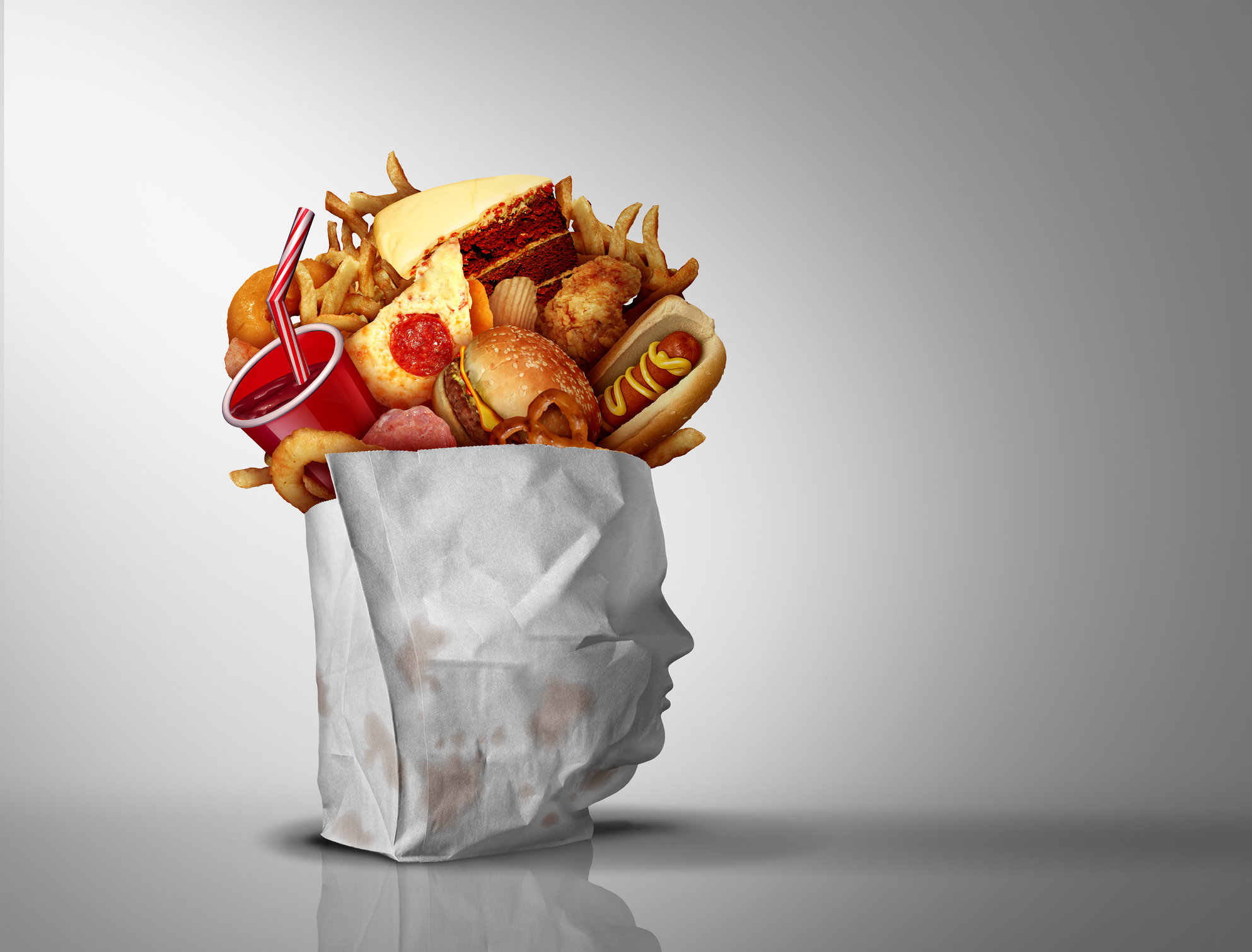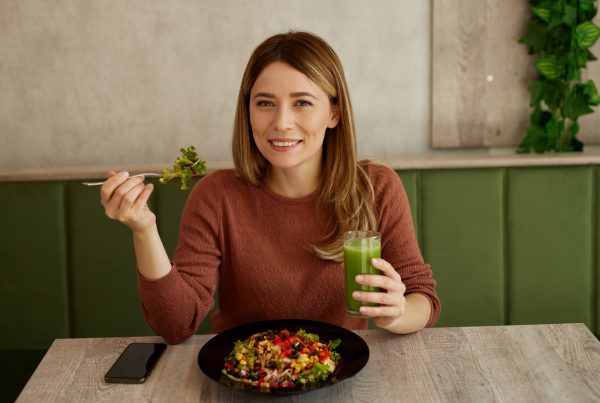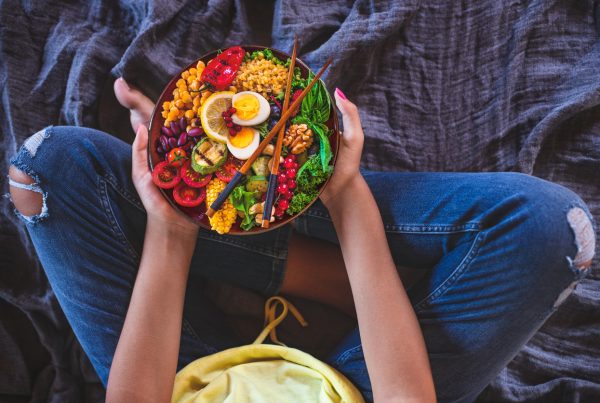It’s not easy to navigate the supermarket aisles around all the ultra-processed food now available. Dr Linia Patel has this guide for you.
It could be the long-life oat milk in your morning latte or the diet drink you have with your lunch. Your snack-time flavoured yogurt or your post-workout protein bar. It could be savoury snacks or sweet baked cookies. It could also be the mass-produced wraps you use to make your lunch. Or the veggie sausages you use for your dinner. Ultra-processed foods (UPF) have, of late, been a hot topic of debate which unfortunately has led to mixed messages in the media, making it hard to know which foods to buy. Here is your guide.
What is a UPF?
Cooking, freezing, drying, fermenting … all are forms of food processing that have been used for centuries. The classification of UPF is relatively new. The most widely used system was introduced by a Brazilian professor in 2009. The Nova system group, which is the most commonly used classification system, groups foods into one of four categories: unprocessed or minimally processed foods, processed culinary ingredients, processed foods and ultra-processed foods.
| Group | Context | Example food |
| 1 | Unprocessed or minimally processed
Foods in their natural state or that have been minimally processed. They may have been pressed, dried, frozen, pasteurised or fermented.
|
· Fruit and vegetables
· Pulses · Rice · Oats · Shelled nuts · Fresh milk · Natural yogurts · Fresh or frozen fish or meat
|
| 2 | Processed culinary ingredients
These foods have been through simple processing. However, they have been used in day-to-day cooking. · |
· Butter
· Vinegars · Salt · Sugar · Cold-pressed vegetable oils
|
| 3 | Processed foods
These foods have been through processing techniques such as canning or bottling as a way to preserve them or add flavour.
|
· Tinned fruit and vegetables
· Cheeses · Smoked fish or meats · Artisan-made bread · Beer
|
| 4 | Ultra-processed foods
These foods have gone through several industrial procedures and contain ingredients you wouldn’t normally find in your kitchen like preservatives, emulsifiers, sweeteners and artificial colours. Within this there is a very large and diverse group. Unfortunately, in the UK up to 60% of our calories come from this group. |
· Sliced bread
· Breakfast cereals · Ready meals · Mass-produced sausages and foods like chicken nuggets · Ready-made pasta and curry sauces · Junk food like crisp and chocolates · Protein bars and powders · Flavoured yogurts · Chocolates · Sugary drinks · Distilled alcohol |
What the science says
The research on ultra-processed foods is growing and evolving. In the past, studies have grouped all UPFs together, which meant it was hard to compare the effects of wholegrain breakfast cereals with mass-produced biscuits, for example.
Observational studies (research that suggests a link but can’t prove causation) that have looked at large groups of people have shown that those who eat more UPFs have higher rates of obesity and chronic diseases such as heart disease, diabetes and even some types of cancer like colon cancer. While there is a link between UPF intake and poorer health, we still do not know exactly why. There are a number of different theories that have been proposed, which include:
- They contain more saturated fat, sugar and salt and less fibre, which may suggest it’s the nutrients in these foods that could be causing the problem rather than the level of processing. These foods are also moreish, which means it’s easier to overconsume them, leading to a higher calorie intake and therefore weight gain.
- The processing affects the physical structure of the food making it easier to eat and, as a result, these foods can then be eaten faster. This could also lead to eating more.
- The additives in them may disrupt your gut health for the worse.
How can you make healthier food choices?
We need to continue to grow the body of evidence; however, in the interim, here are some tips to ensure you are making healthier food choices:
- Cook from scratch. The more you do this, the fewer UPFs you will automatically have in your diet. If you are pressed for time, read our batch-cooking blog. It is packed with practical tips.
- Snack smarter. Many of us rely on snacking as our life is busy and we are on the go. In the UK, almost 25% of our calories for the day come from snacks and this is easily where some of the UPFs come in. Cereal bars, protein bars, crisps and biscuits may be what you are reaching for; however, whole food snacks that are higher quality in nutrients like carrots and hummus, oatcakes with nut butters, a piece of fruit with a handful of nuts or homemade energy balls would be smarter choices if eaten habitually.
- Learn to read the labels. Look at the ingredients section as a start. How many of the ingredients do you recognise? Most of the time, aim to eat the foods that don’t contain a long list of ingredients that you wouldn’t find in your kitchen. If you think you do eat too many UPFs, gradually swap these for less-processed whole foods. If you do end up with a ready meal, that’s OK – how can you increase the nutritional value of the meal? Adding a big portion of vegetables, for example, is a good start.
- Step away from labelling foods as ‘good’ or ‘bad’. A healthy diet that is sustainable in the long term is all about a dietary pattern that looks at a diet as a whole. If most of the time you base your meals on vegetables and fruits, healthy proteins and healthy fats as well as wholegrains, then the occasional shop-bought biscuit is not going to do you any harm.
References
- Elizabeth L, Machado P, Zinocker M, Baker P, Lawrence M (2020), Ultra-processed foods and health outcomes: A narrative review, Nutrients, 12(7). doi:10.3390/nu12071955
- Pagliai G, Dinu M, Madarena MP, Bonaccio M, Iacoviello L, Sofi F (2021), Consumption of ultra-processed foods and health status: A systematic review and meta-analysis, Br J Nutr., 125(3): 308-18. doi:10.1017/S0007114520002688
- Isaksen IM, Dankel SN (2023), Ultra-processed food consumption and cancer risk: A systematic review and meta-analysis, Clin Nutr., 42(6): 919-28. doi:10.1016/j.clnu.2023.03.018
- Monteiro CA (2009), Nutrition and health: The issue is not food, nor nutrients, so much as processing, Public Health Nutr., 12(5): 729-31. doi:10.1017/S1368980009005291
- Monteiro CA, Cannon G, Levy RB, Moubarac JC, Louzada ML, Rauber F et al (2019), Ultra-processed foods: What they are and how to identify them, Public Health Nutr. 22(5): 936-41. doi:10.1017/S1368980018003762








